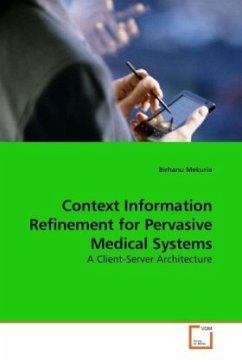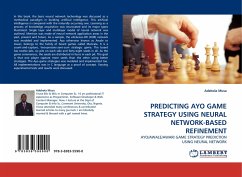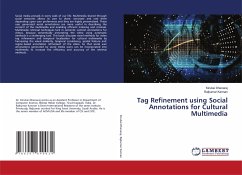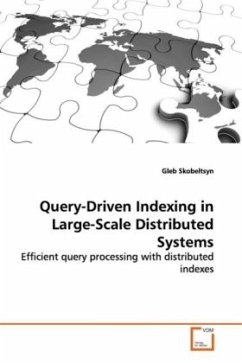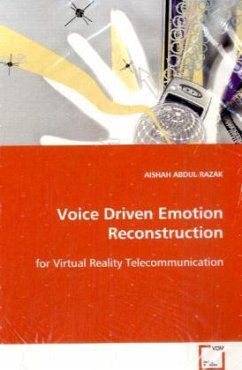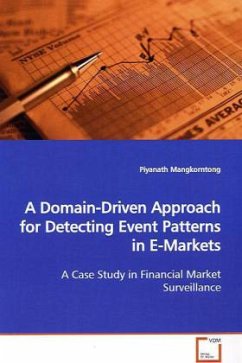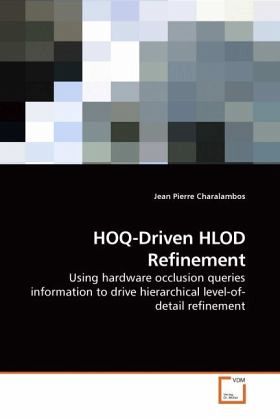
HOQ-Driven HLOD Refinement
Using hardware occlusion queries information to drive hierarchical level-of-detail refinement
Versandkostenfrei!
Versandfertig in 6-10 Tagen
32,99 €
inkl. MwSt.

PAYBACK Punkte
16 °P sammeln!
In order to achieve interactive rendering of complex models comprising several millions of polygons, the amount of processed data has to be substantially reduced. Two of the most common approaches, orthogonal between each other, to accomplishing this task are: level-of-detail and occlusion culling. This thesis mainly aims at combining these two approaches. A novel error metric is presented which takes visibility information gathered from Hardware Occlusion Queries (HOQs), as an integral part of refining a Hierarchical Level-Of-Detail (HLOD) model. A novel traversal algorithm for HLOD refinemen...
In order to achieve interactive rendering of complex models comprising several millions of polygons, the amount of processed data has to be substantially reduced. Two of the most common approaches, orthogonal between each other, to accomplishing this task are: level-of-detail and occlusion culling. This thesis mainly aims at combining these two approaches. A novel error metric is presented which takes visibility information gathered from Hardware Occlusion Queries (HOQs), as an integral part of refining a Hierarchical Level-Of-Detail (HLOD) model. A novel traversal algorithm for HLOD refinement is also presented for taking full advantage of the introduced HOQ-based error metric. The algorithm minimises CPU stalls and GPU starvation by predicting HLOD refinement conditions using spatio-temporal coherence of visibility. Some properties of our approach involve improved performance having the same visual quality. Our error metric supports both polygon-based and point-based HLODs, ensuring full use of HOQ results. Our traversal algorithm makes full use of the spatial and temporal coherency inherent in hierarchical representations. Our approach can be straightforwardly implemented.



